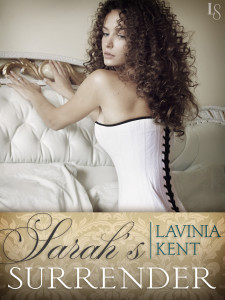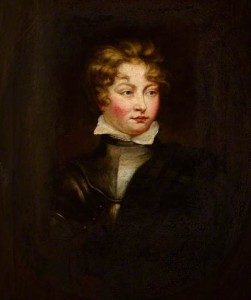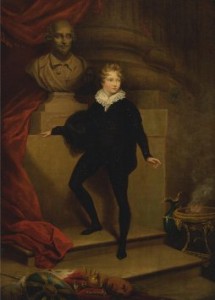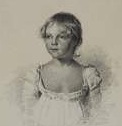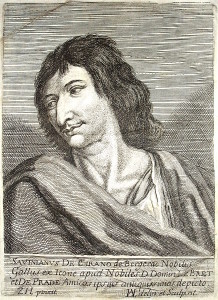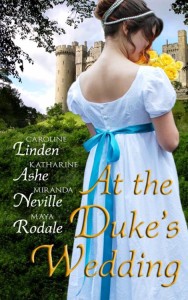Fun is the word whenever I welcome Lavinia Kent to the Riskies. Lavinia is a good friend of mine and though we write in the same genre we are miles apart in our approach to the period.  I tend toward the traditional and Lavinia writes hot in about a hundred different shades. I love what she has to say here. Read on and see what you think.
I tend toward the traditional and Lavinia writes hot in about a hundred different shades. I love what she has to say here. Read on and see what you think.
Belly dancers. Pirates garbed in black. Fairies with flower wings. Woodland warriors with full wolf masks. Friars, satyrs and pixies. A steampunk gentleman.
What do any of these things have to do with the other?
A glorious afternoon spent at the Renaissance Festival answers that question. Do any of these things belong there? No – and Yes, Yes, Yes. I love the anachronism of the Festival. I love the joy people take in their costumes even when they make no sense. Few of the costumes are directly related to England under Henry the Eighth. Somehow it just doesn’t matter.
Some of the garb is timely to the basic period but still the differences can be great, the costumes differing by centuries.
As I sat and watched the people go by, I considered how to make them work for the period, what story to tell to make each piece fit. Why was that group wearing hats of fabulously colored ribbons? 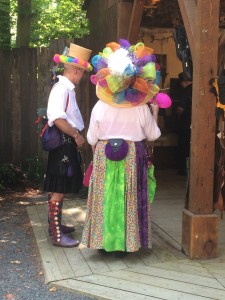 Was somebody throwing a masquerade and required that all the guests come dressed that way?
Was somebody throwing a masquerade and required that all the guests come dressed that way?
And why was a party of pirates walking down the center of the street and nobody reacting? Was a prodigal son returning and all his friends chose to dress in a similar fashion to make him feel at home?
And where did the belly dancers come from? Were they heading to some other foreign land and after a great storm came to shore on England’s coast in all their bells and scarves? Or did some crusader knight return with a retinue of fair dancers who didn’t know how to dress for the English winter?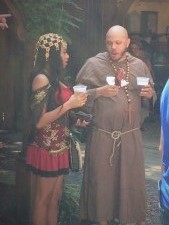
And the steampunk gentleman? Clearly a time traveller lost by a century or two now doing his best to fit in.
For each passerby I could find a story and a reason.
And that made me think about my own writing. I’ve always acknowledged that I am research light. I love the characters and the story more than the facts. But, and it’s a BIG but, I work hard to not get anything wrong. I may skim over a detail, if I can’t find a ready source, but if I put a goldfish in the pond I do the work to be sure that goldfish or koi had already arrived from China. And I’ve spent countless hours looking up words to see when they came in to use and whether they were used the same way they are now.
So why do I love the anachronisms of the Festival? Because the inspiration I find in them. And the same is true in my writing. I love the challenge of explaining why my heroine’s viewpoints might not be traditional for the age, why she knows more (or less) than the other women around her. It’s fascinating to explain why an elderly woman clings to the corsets of fifty years before.
I don’t like it when history is wrong, but there is something wonderful when an author can add an oddity and make it work. I worked along the lines of this premise when creating Ruby, Madame Rouge in my Bound and Determined series. I wanted to create a multi-faceted woman who could run a successful brothel, go to church with her grandparents and put on the airs of any great lady plus she had to know about textiles and how to sum a patron up by the cloth of his trousers.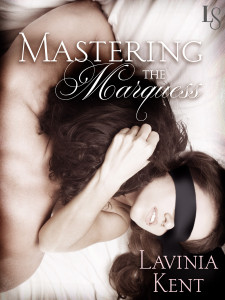
I am not going to give all the secrets of her past, but I will say that having a duke for a father and his well bred, but not quite well enough bred, mistress for a mother was an easy place to start.
And then came the fun of figuring out how to bring each heroine to Madame Rouge’s house. Surely no true lady would ever visit such a place – or would she?
What would make each individual make the choice to do something so out character?Answering those questions is what makes the writing such fun and hopefully the reading as well. I’ve had a different answer in each of books, Mastering the Marquess and Bound by Bliss and in my September novella, Sarah’s Surrender, I work to find one more, to explain why a gentleman would ever bring his love of years before to such a scandalous establishment as Madame Rouges.
What sparks your imagination? As a reader are you curious about what inspiration lurks behind the title?
Finally, thank you for having me. I always love the chance to stop by Risky Regencies.
Thank you , Lavinia. We all enjoy having you with us!

